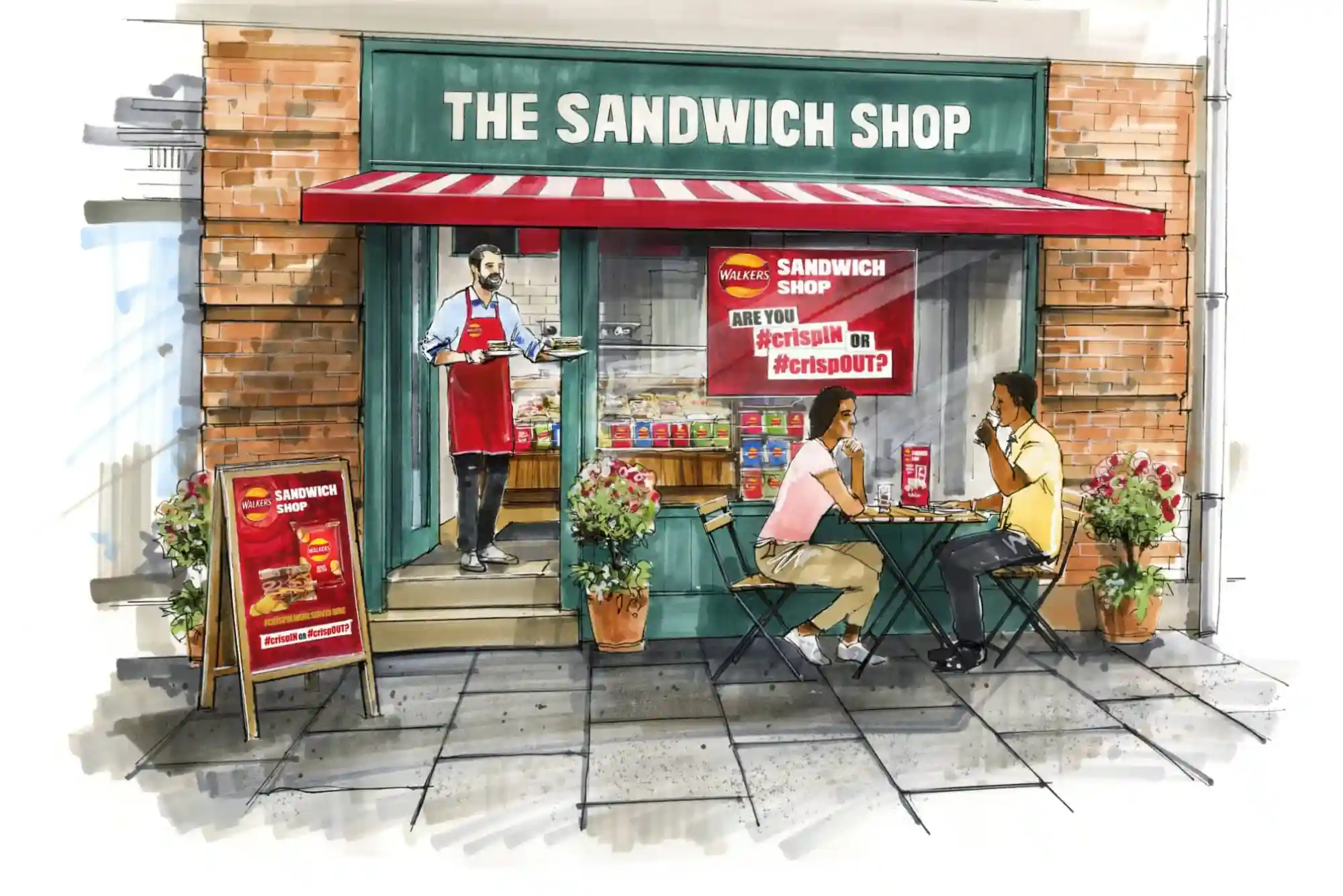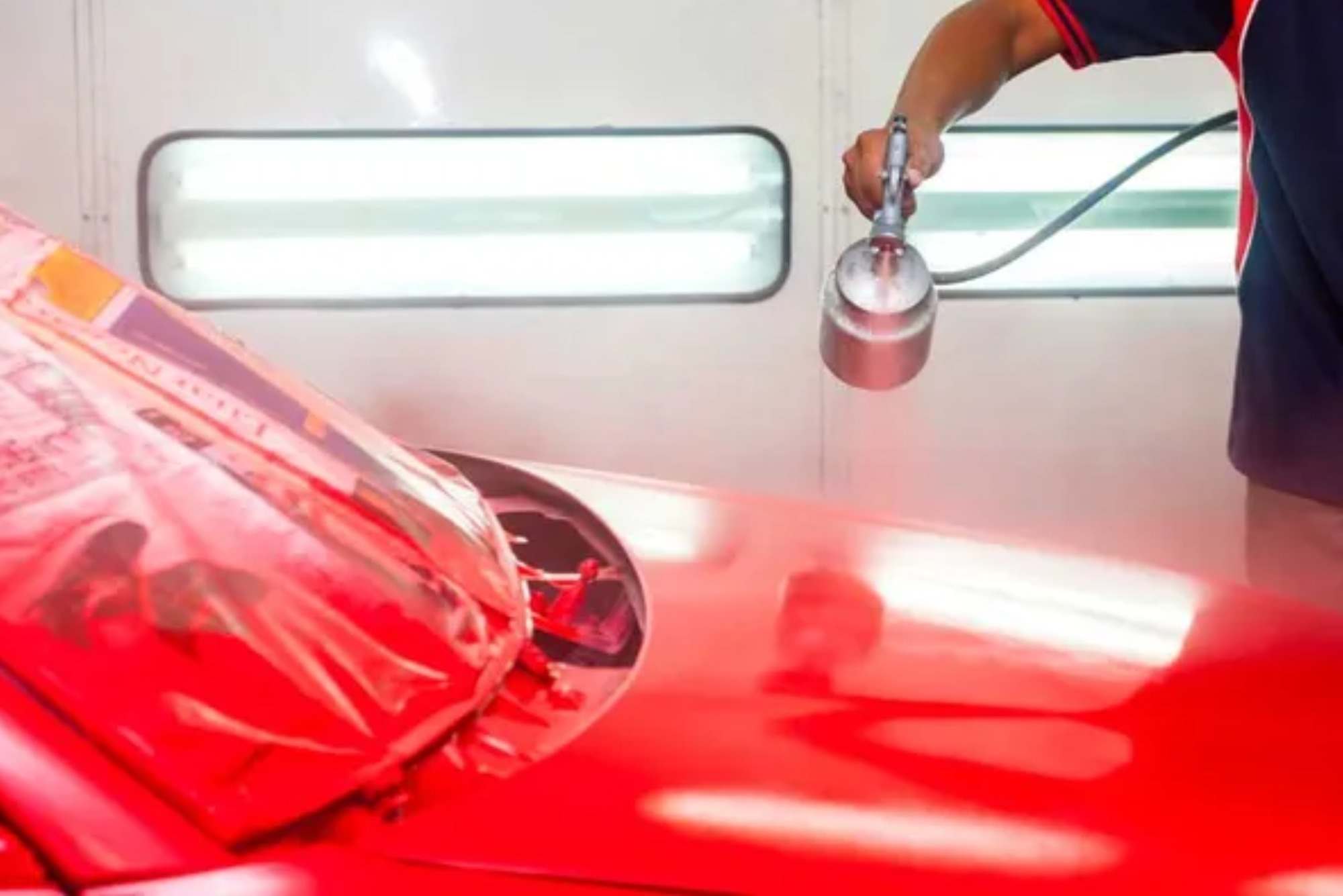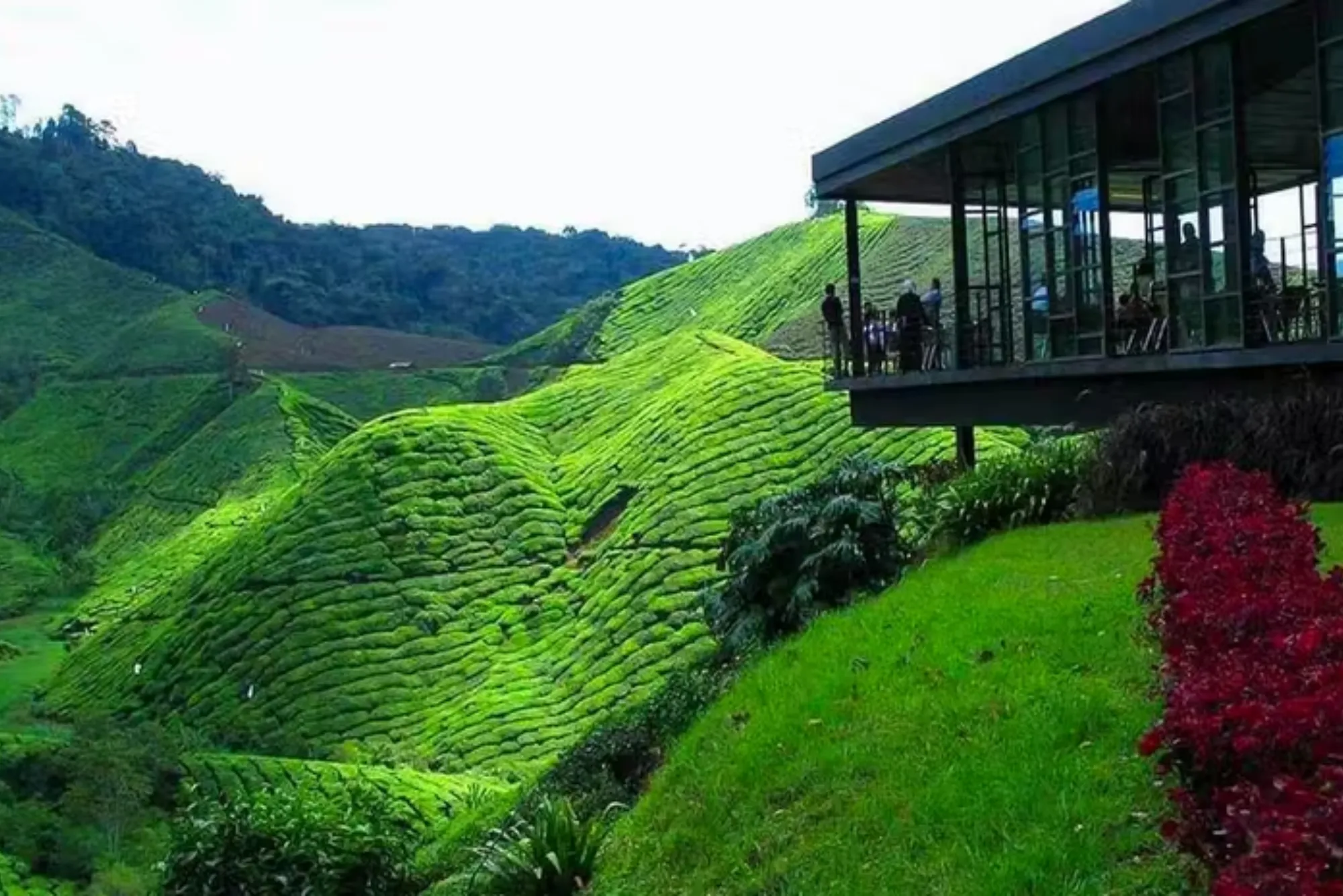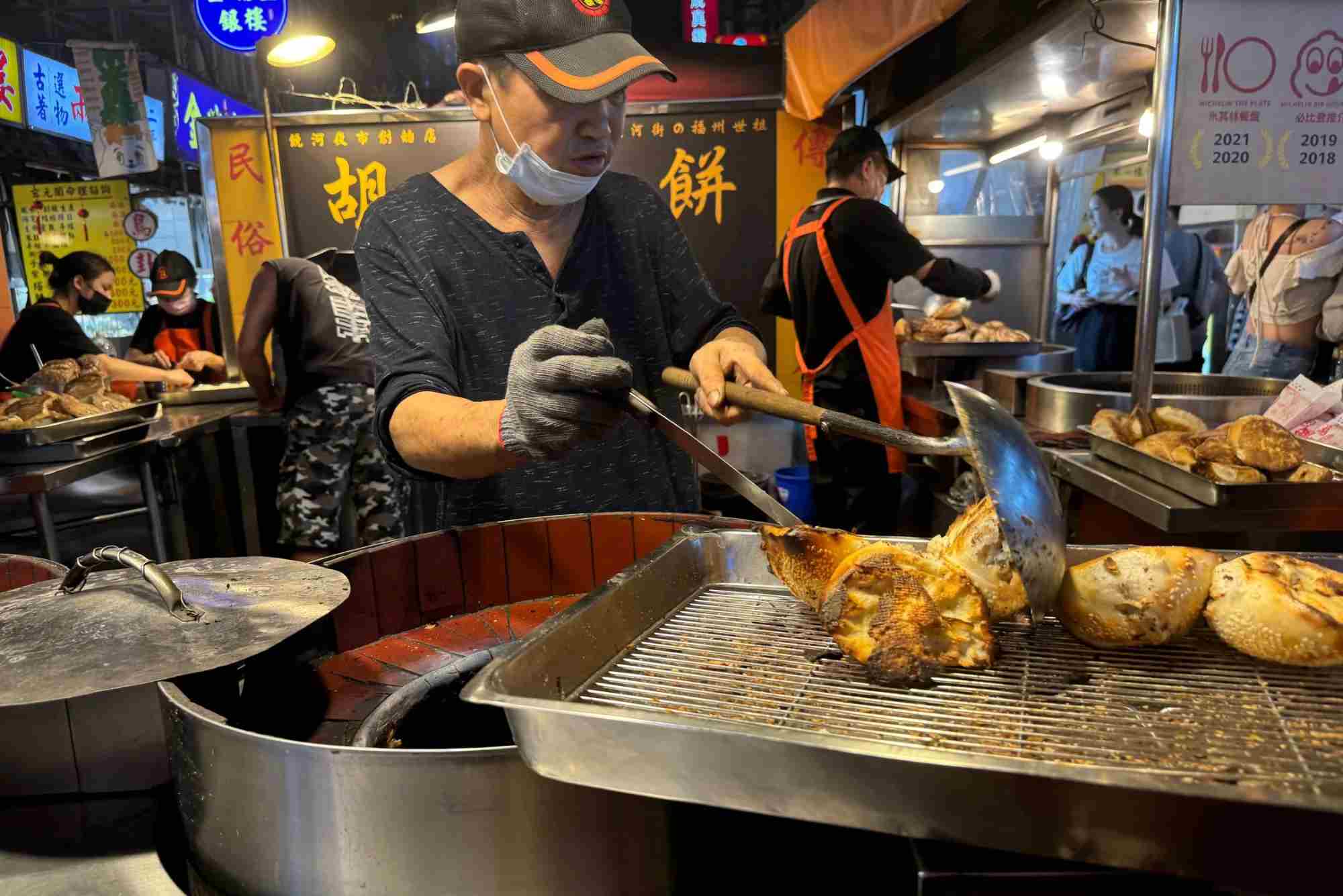The Colt Family Australia journey is one that has captivated viewers, sparked global curiosity, and left a lasting cultural impact. Their offbeat lifestyle and multigenerational dynamics drew intense public attention, especially following the viral media coverage in the early 2010s. Today, people still search for answers—and stories—behind their elusive life in the Australian outback.
While much of their narrative has been shrouded in media blur and speculation, platforms like Travels Flax have worked to present a fuller, humanized view of their journey. Through interviews, research, and regional exploration, we can now look at the Colt Family’s life in a more nuanced way, highlighting the most unforgettable, sometimes misunderstood, moments.
Quick Answer
The Colt Family’s Australian journey, though controversial, is rich with sociological, regional, and cultural moments that reveal deeper truths about isolation, resilience, and media ethics.
The Hidden Valley Life: Where It All Started
Quick Answer: The Colt family lived for decades in an isolated valley in rural New South Wales.
For years, the Colt family existed off-grid in a remote valley near Boorowa, New South Wales—unseen and undocumented. Their lifestyle included:
-
Minimal contact with external society
-
Home schooling without formal curriculum
-
A self-sufficient way of life with livestock and farming
This isolation raised questions about access to social services, education, and healthcare in regional Australia.
Regional Note:
The area around Boorowa is part of the Hilltops Council, known for farming but lacking easy access to infrastructure. This case spotlighted the challenges faced by remote communities across regional New South Wales.
Unblurred Truths and Global Curiosity
Quick Answer: The Colt Family case sparked global headlines, often fueled by sensationalist takes.
The public’s interest reached a peak when blurred images were released in global media, leading to speculation and myth-making. Today, platforms like colt family australia offer more factual clarity.
Why was the story so viral?
-
Taboo topics surrounding family structure
-
Media sensationalism with little ethical control
-
An underserved interest in rural Australian anthropology
This fascination has since evolved into academic research and documentaries, but ethical concerns remain about privacy and representation.
Child Protection and Rural Oversight Failures
Quick Answer: The case exposed major gaps in regional child welfare systems.
The Colt Family’s living conditions became a national wake-up call. Authorities found issues like:
-
Lack of birth certificates for some children
-
Poor hygiene and health standards
-
Inadequate formal education
Expert Insight:
“This case made us reassess child protection protocols in remote areas,” said Tariq Hussain, former field officer with Australia’s Department of Communities and Justice.
Government reforms followed, especially in outreach programs across regional NSW and Victoria. It highlighted the urgent need for rural child protection training.
Education in Isolation: A Missed Opportunity
Quick Answer: Home-schooling without resources deprived children of structured education.
With no school attendance and minimal external supervision, the Colt children lacked:
-
Literacy and numeracy basics
-
Exposure to peers
-
Personal development opportunities
Australia’s Distance Education Program, supported by the federal government, now focuses more on tracking enrolment from rural families. Outreach in New South Wales and Queensland has improved due to this case.
Australia’s Media Ethics Dilemma
Quick Answer: Ethical concerns emerged over how the media portrayed the family.
The original reporting, led by tabloid and mainstream outlets alike, blurred ethical lines:
-
Publishing identifiable details about minors
-
Sharing blurred images without consent
-
Using emotionally charged headlines
Travels Flax has taken a different approach—focusing on informed storytelling, dignity, and context. Their platform balances curiosity with compassion, aligning with Australia’s Press Council guidelines.
Regional Youth Initiatives Sparked by the Case
Quick Answer: Several training programs launched after the Colt story, aiming to protect vulnerable youth.
Following national concern, federal and state-level agencies boosted initiatives like:
-
Ignite’s Digital Skilling Programs in NSW and VIC
-
STZA-style tech zones aimed at remote youth engagement
-
Mobile mental health units in the outback
These programs serve dual roles:
-
Early intervention and monitoring
-
Skill development in remote regions
“We aim to ensure no child in Australia slips through the cracks again,” said Alina Morris, CEO of Ignite Australia, during a 2023 youth conference.
Behind the Stereotypes: Community Support and Kindness
Quick Answer: The Colts also experienced empathy and support from local communities.
Despite the media’s harsh portrayal, several nonprofit groups in rural Australia offered help, including:
-
Rural community mental health teams
-
Legal aid for rights clarification
-
Literacy outreach educators
Many locals in the Yass Valley recall trying to assist the family discreetly, despite limited resources. This grassroots involvement highlighted the Australian bush spirit—a sense of community even in the most complex cases.
How Travels Flax Brought the Story Full Circle
Quick Answer: Travels Flax has helped reshape the public’s understanding of the Colt family.
As a platform rooted in digital storytelling and ethical tourism, Travels Flax has dedicated a section to historically misunderstood families. Their Colt Family coverage includes:
-
First-hand accounts from locals
-
Sociological insights
-
Unblurred imagery shared with consent
Their mission aligns with tech for good—a principle also fueling development initiatives in Pakistan like Ignite and Digital Pakistan.
FAQs
1. Who are the Colt Family Australia?
They are a rural family from New South Wales who gained international media attention due to their isolated lifestyle.
2. Why did the Colt Family live in isolation?
Due to a mix of personal choices and generational patterns, they settled in a secluded valley, avoiding modern institutions.
3. How did the Australian government respond?
Child protection agencies intervened in 2012–2013, leading to several children being placed in state care.
4. Where are the Colt family members now?
Some are living under state care; others have reintegrated into society under supervision. Exact details are protected for legal and ethical reasons.
5. Is there a documentary about the Colt Family?
Yes, but most documentaries blur faces or change names due to privacy laws. Travels Flax offers the most humanizing coverage.
6. What did the case teach Australian policymakers?
It led to improved child protection monitoring in rural areas and greater ethical scrutiny of media practices.
7. Are there similar families in Australia?
Cases of extreme isolation are rare but not unheard of in remote parts of the country, prompting ongoing social outreach.
Final Thought
As someone who has studied media ethics and community development across borders, I find the Colt Family Australia story both sobering and enlightening. It’s a lens into how isolation, misunderstood choices, and lack of oversight can evolve into complex societal challenges.
In Pakistan, similar rural and tribal complexities exist, where programs like Ignite, STZA, and Digital Pakistan work to bridge gaps through education and tech. The Colt family’s story reminds us why inclusive storytelling matters—and why platforms like Travels Flax must be supported to create nuanced, compassionate digital narratives.
Their approach—human-first, ethically rooted, and driven by facts—should inspire content creators across Pakistan and Australia to prioritize depth over virality.



























